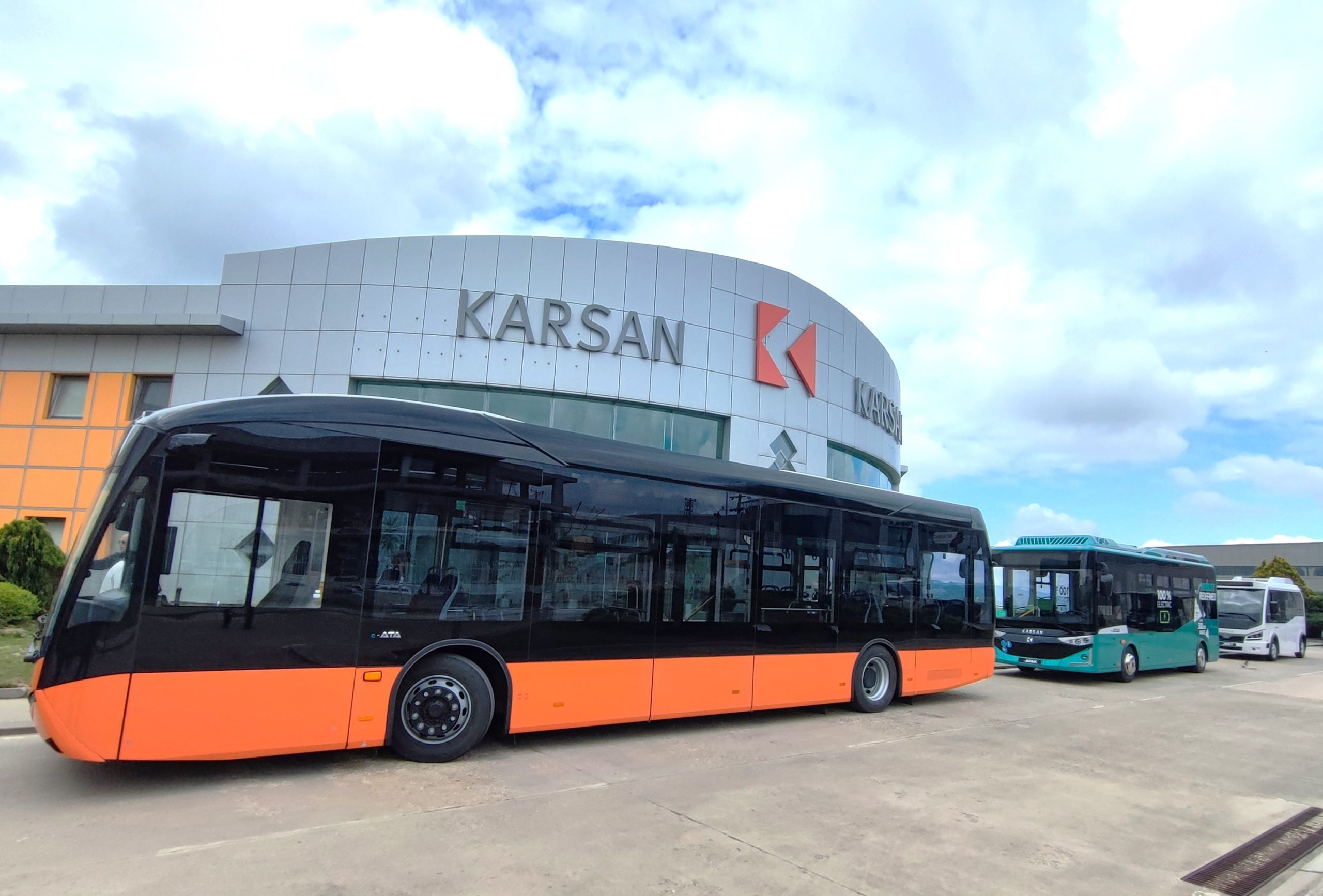
Fast visit to KARSAN factory, Bursa, Turkiye
KARSAN.. more attention to the electric futuristic buses
Bursa Industrial City – Turkiye / Ashraf Kara
On the sidelines of our attendance at the tenth edition of the Turkish busworld exhibition hosted in Istanbul, KARSAN the famous Turkish bus manufacturer had invited us to visit their manufacturing facility in Bursa, which is approximately 150 km from the famous Turkish city of Istanbul.
KARSAN is characterized by the manufacture of public transport buses of all sizes …
The visit began with a general presentation of the company from the factory manager – Mr. Ender Kayhan, where he reviewed the history of the company, which began in 1966, and with access to the presence of three factories of the company now, which employs more than 2500 workers and engineers. Where the first of them comes on an area of 200,000 m2 with a covered area of 90,000 m2 and produces more than 65,000 units annually with three shifts per day (with the passenger cars sector, led by Renault cars), while the second factory comes on an area of 15,000 m2, of which 10,000 m2 covered and produces annually 4,500 units with one shift per day, and The third plant covers an area of 30,000 m2, of which 25,000 m2 are covered.
As for the bus sector, and despite the superiority of (Karsan) in the segment of minibuses of the category (JEST) powered by diesel in the local Turkish market, the company was able to lead the first Turkish position for the export of electric buses from Turkey to many international markets with a share of 86%, which topped it with the categories of its most famous buses in this sector (e-JEST), (e-ATAK) in its regular and self-driving electric categories, and (e-ATA), which was presented only by the company as a bus operating with electricity or hydrogen and not It has a diesel reference, which comes in three lengths with 10, 12 and 18 meters articulated, unlike the one that was recently introduced from the same bus and powered by hydrogen fuel, and one of the distinctive things about Karsan electric buses that began to penetrate many European and American markets and even Japan. It is equipped with BMW electric cars, especially i3 and i8 models, which increases the added value of dealing with the world.
The e-JEST comes with a length of 5.8 m and can accommodate a maximum of 22 passengers, and with a battery belonging to the BMW i3 extracts with it a horsepower of up to 185 horsepower and torque of 290 N.M., and can cover a distance of 210 km on a single charge.
As for the (e-ATAK), which comes with a length of approximately 8 meters, it can accommodate a maximum of 52 passengers, with a battery belonging to the BMW i8 that produces power of up to 220 kilowatts, and can cover a distance of 300 km on a single charge, and this model is also available as an autonomous class.
And about the company’s largest model (e-ATA), which is available in three sizes 10, 12, and 18 meters articulated. Its maximum passenger capacities range from 79 passengers up to 135 passengers in the (dual) articulation model, and the power of its electric batteries ranges from 250 kW with lengths of 10 & 12 meters. Up to 500 kW for the longer category of 18 meters, and the bus travel distances range from 300 km to 450 km depending on each model with access to the hydrogen fuel category, and the upper battery charger (pantograph) can be added for fast charging conditions during stopovers at stations.
Our quick visit to the factory’s production lines began for electric categories only, with average daily production of each of the company’s three models. 3 buses each with (e-JEST), (e-ATAK), and (e-ATA). Our journey inside the factory began with the painting department for the chassis of the buses, especially with the paint of the insulating primer for the structures and then the parts of the external body, and to move to the manufacturing and processing department at all stages, starting with the internal equipment and external glass, then electrical connections. And all the way to the addition of wheelbase, powered by batteries and electric motors.
After the quick visit to the manufacturing stages, we also had a quick experience (test-drive) inside the internal factory roads for all three models, which confirmed that it is truly the next electric future for passenger transport.
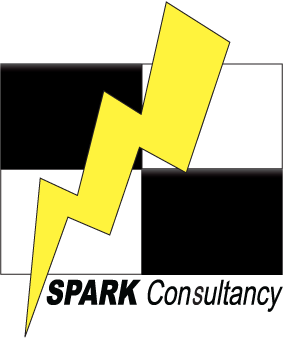
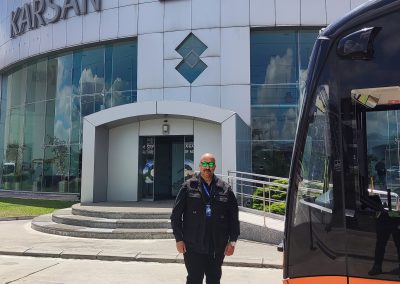
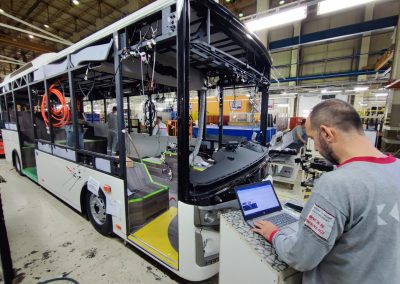
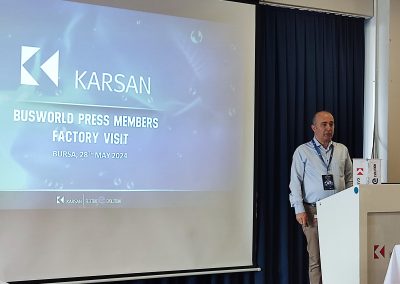
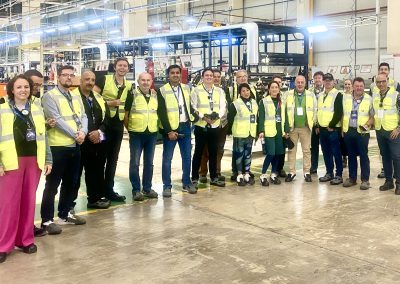
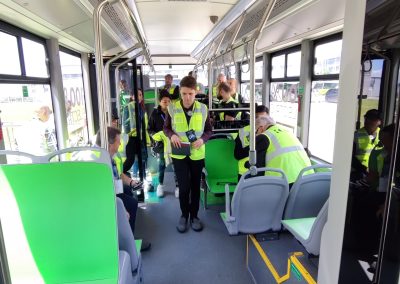
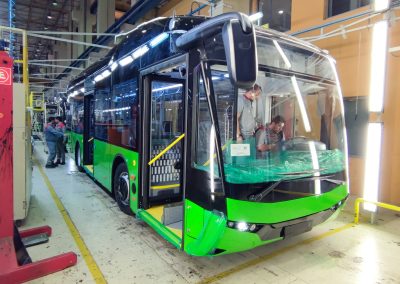
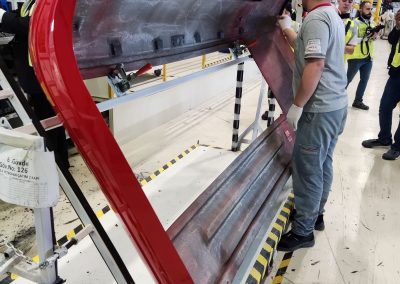
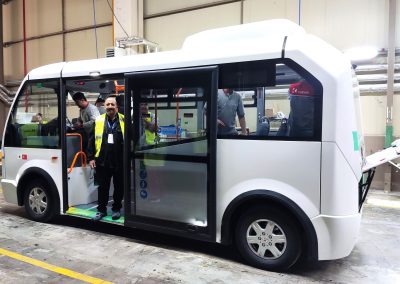
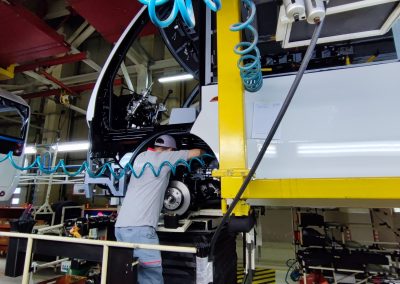
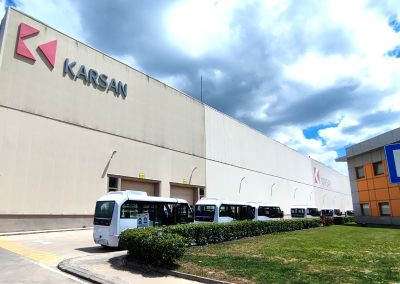
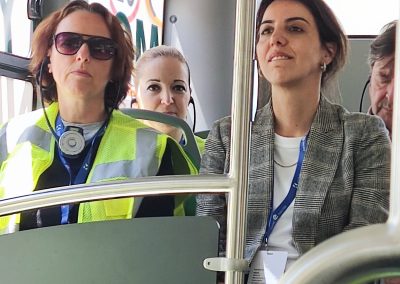
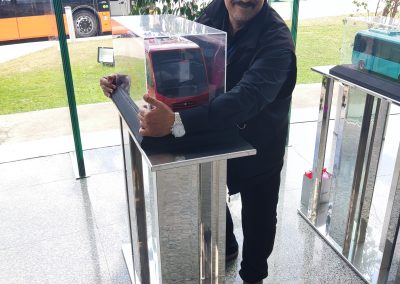
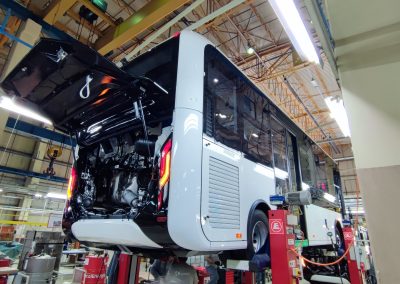
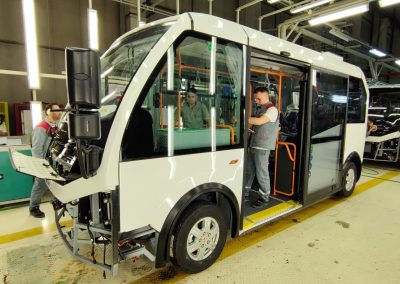
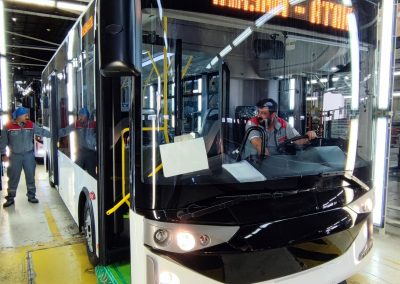

Recent Comments